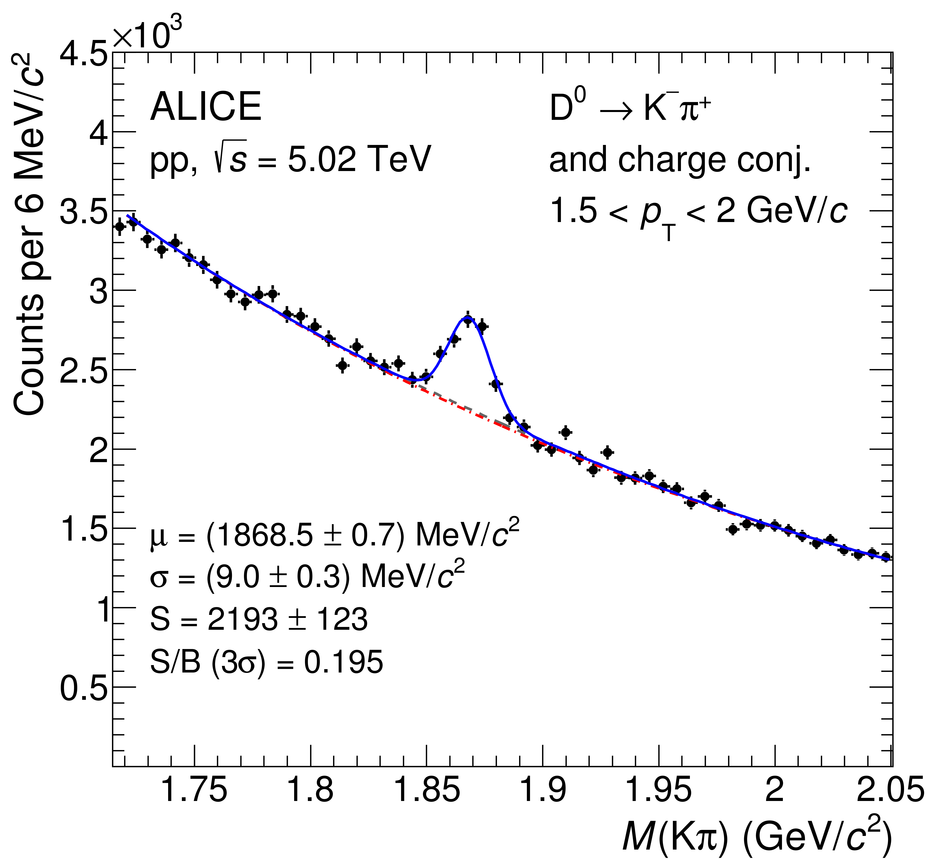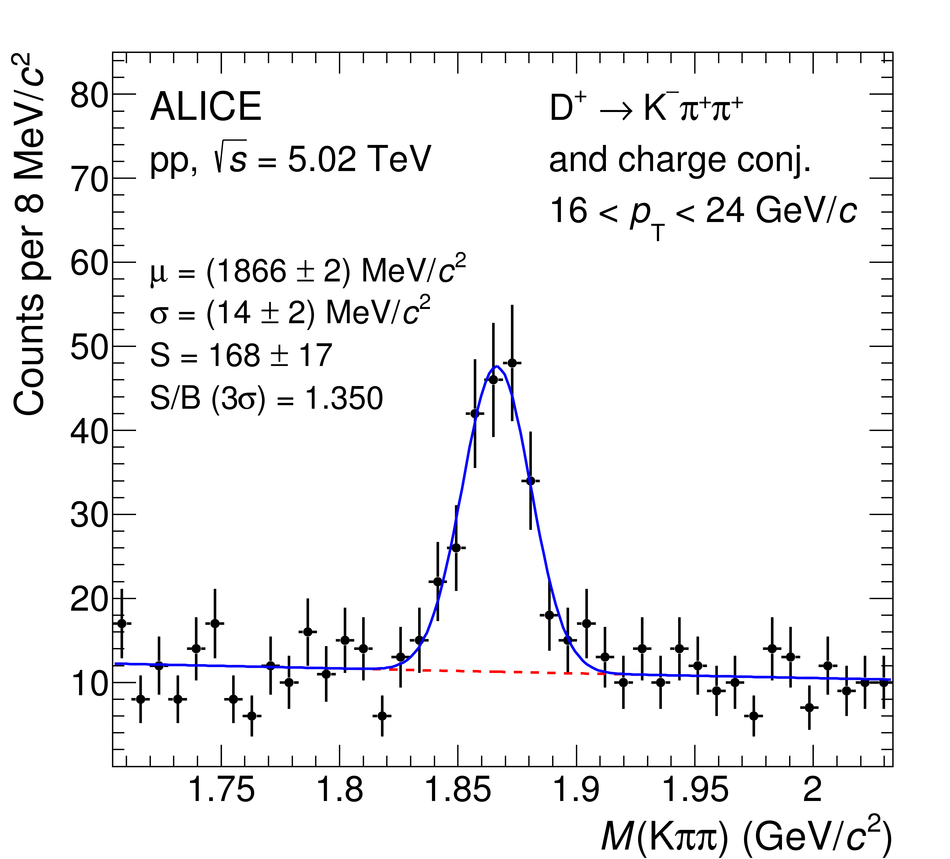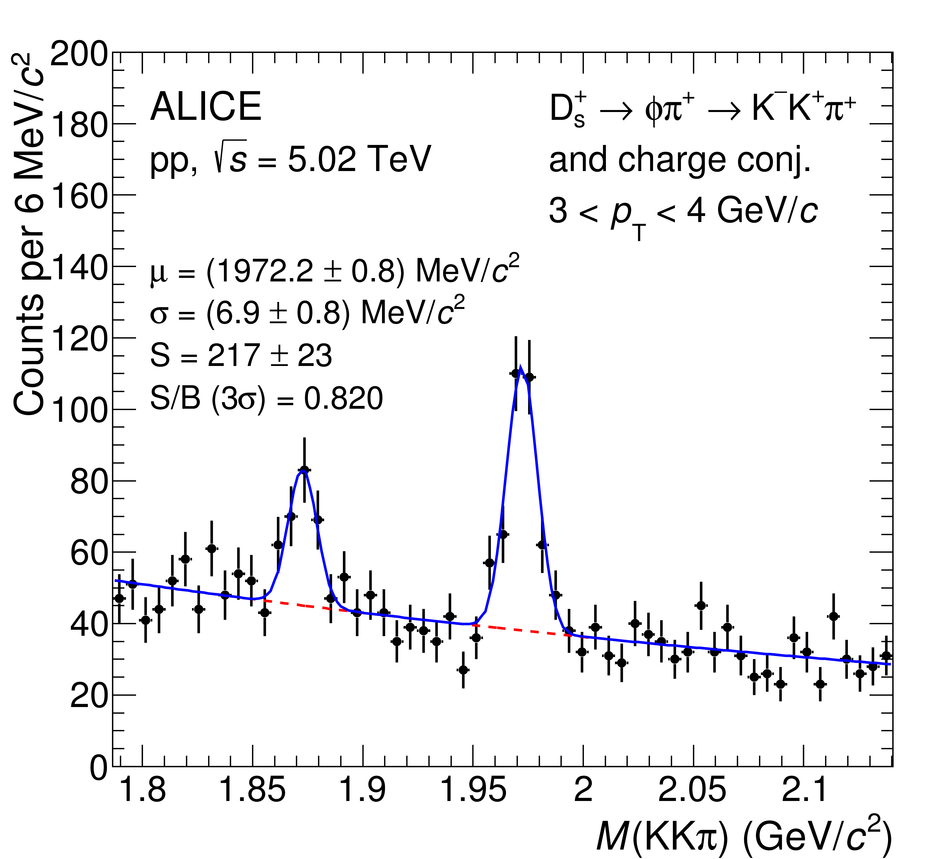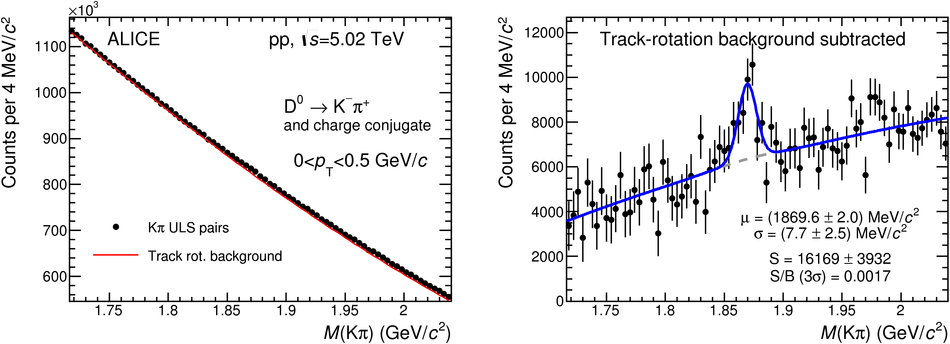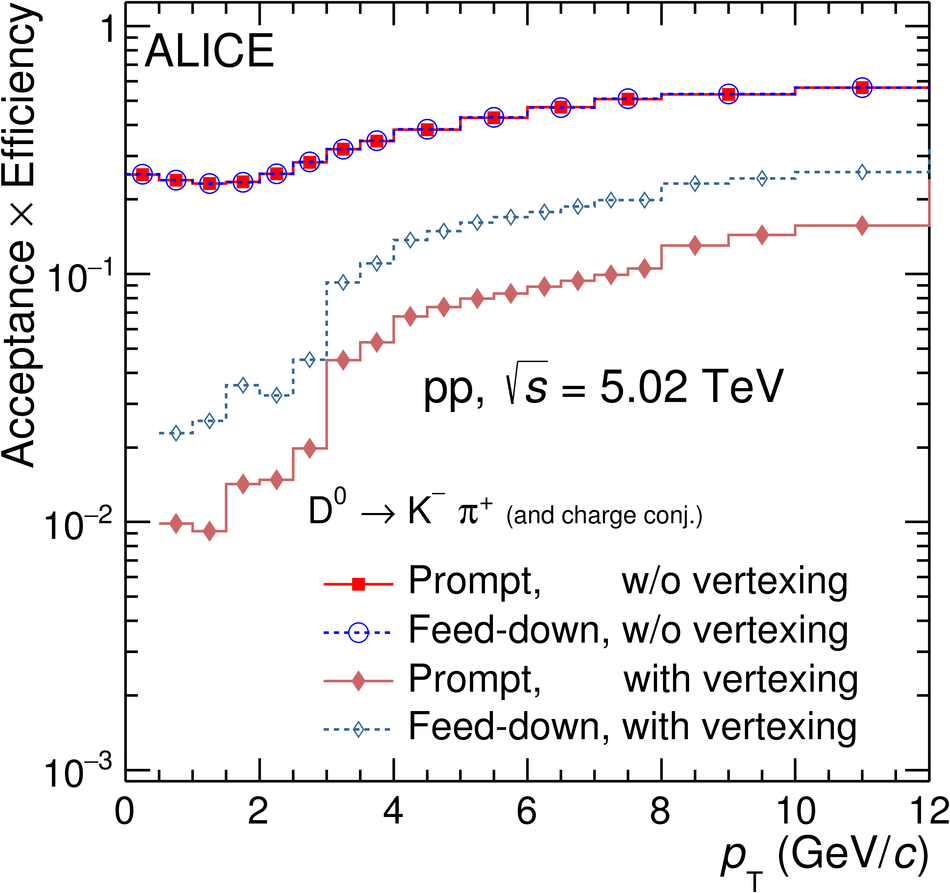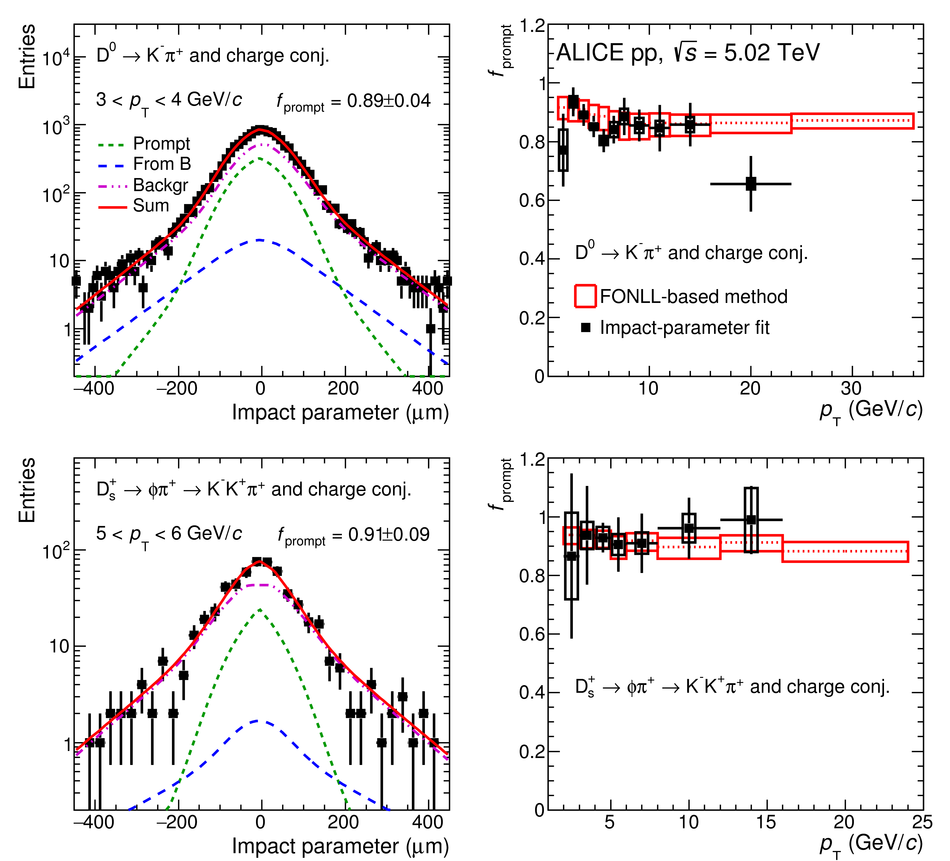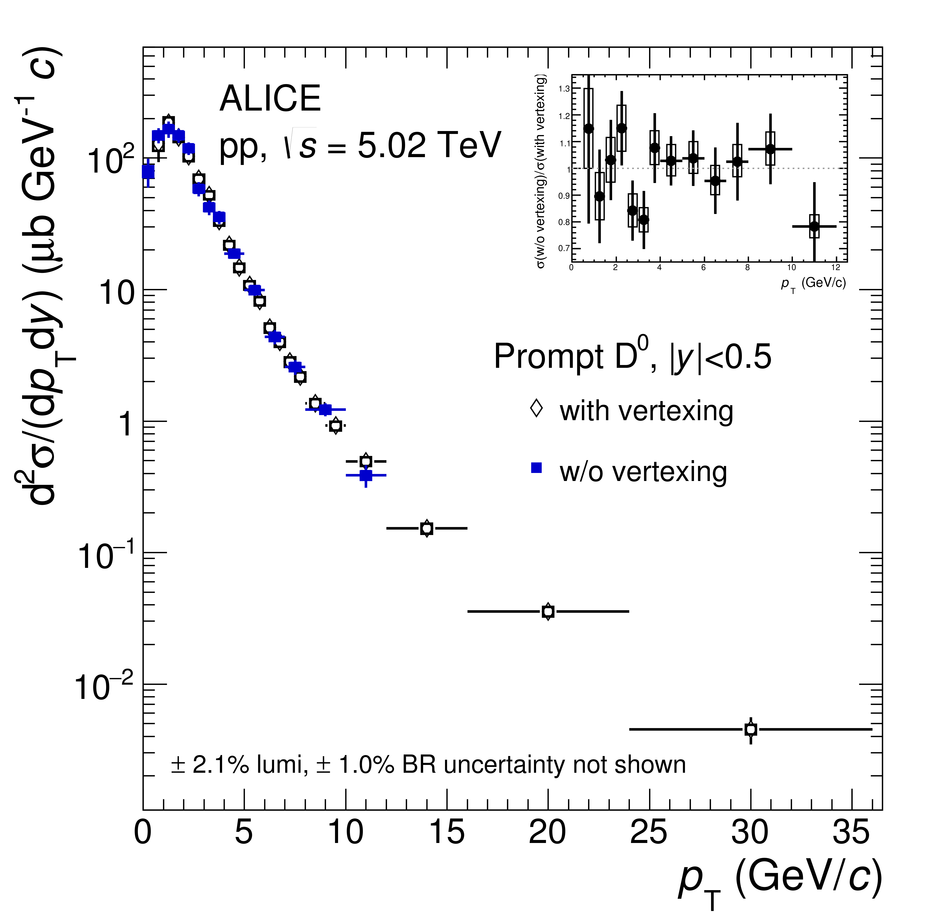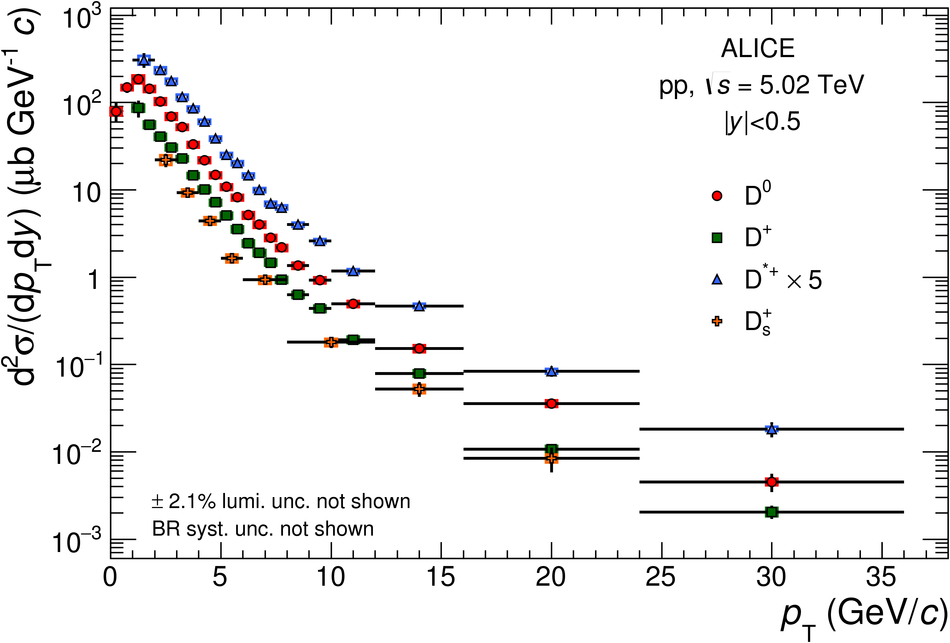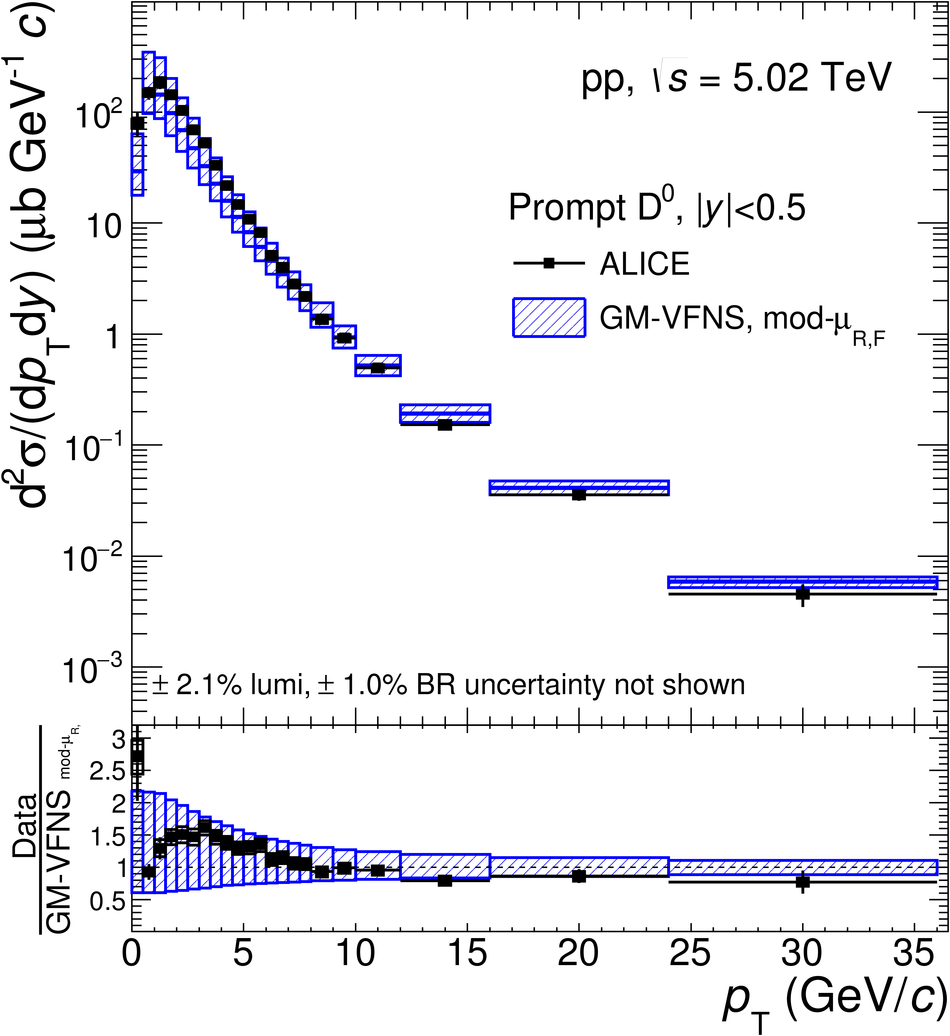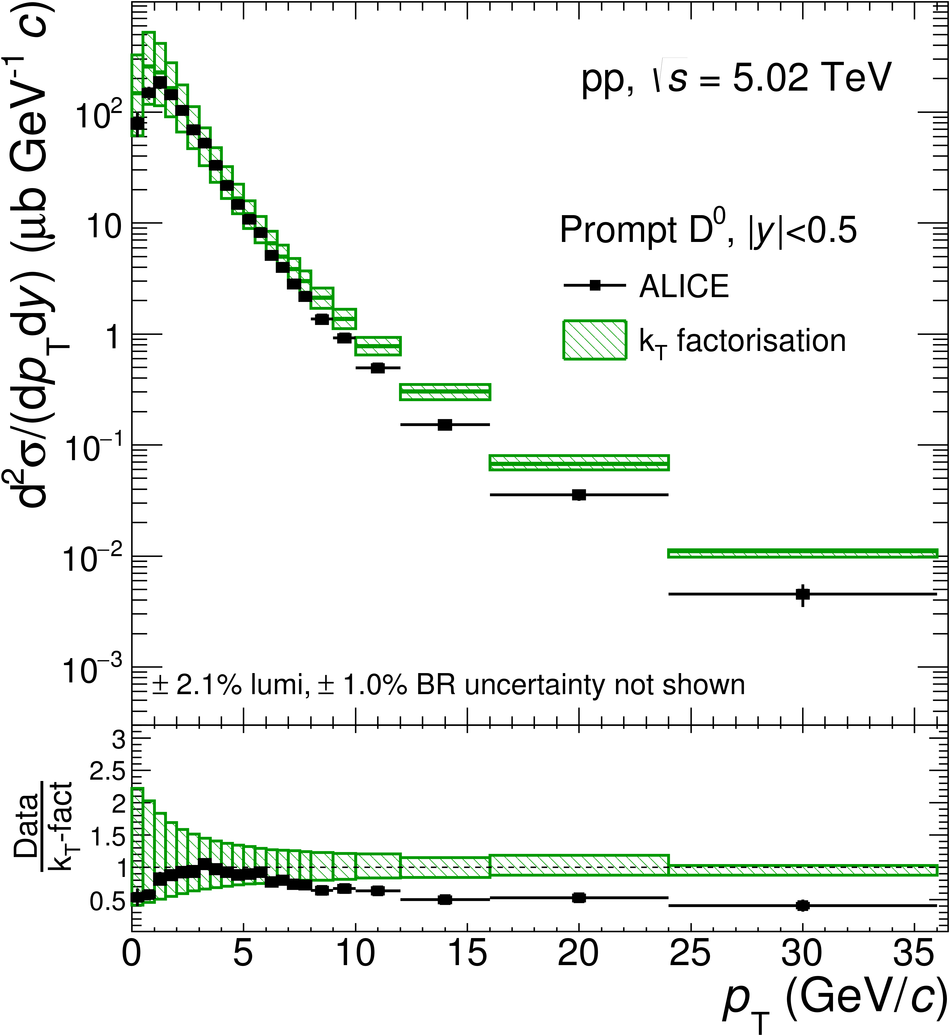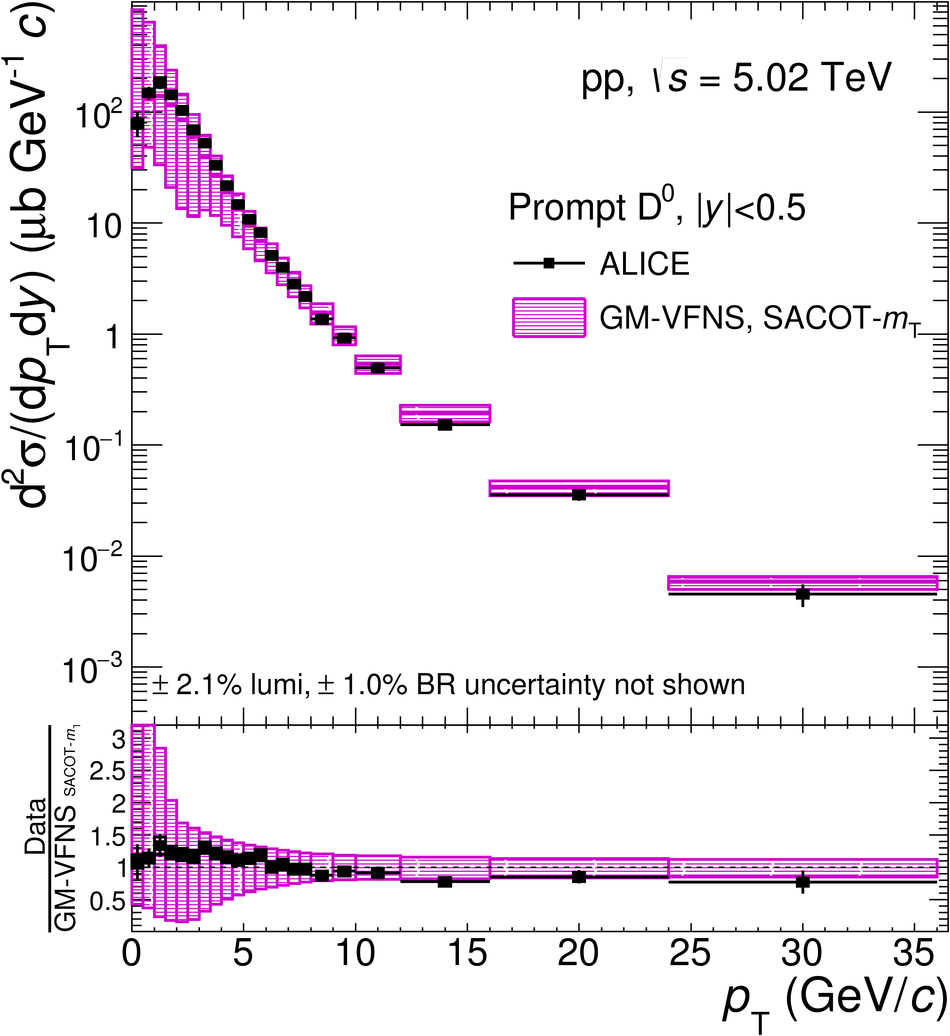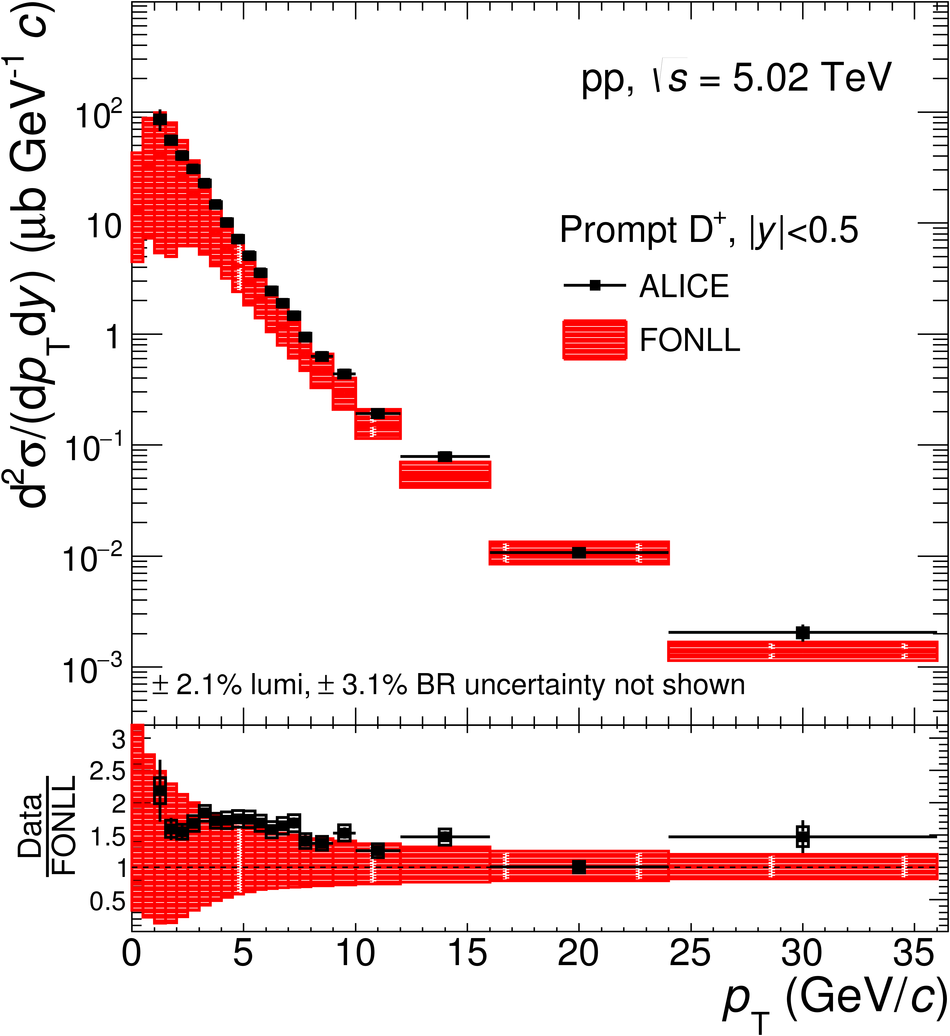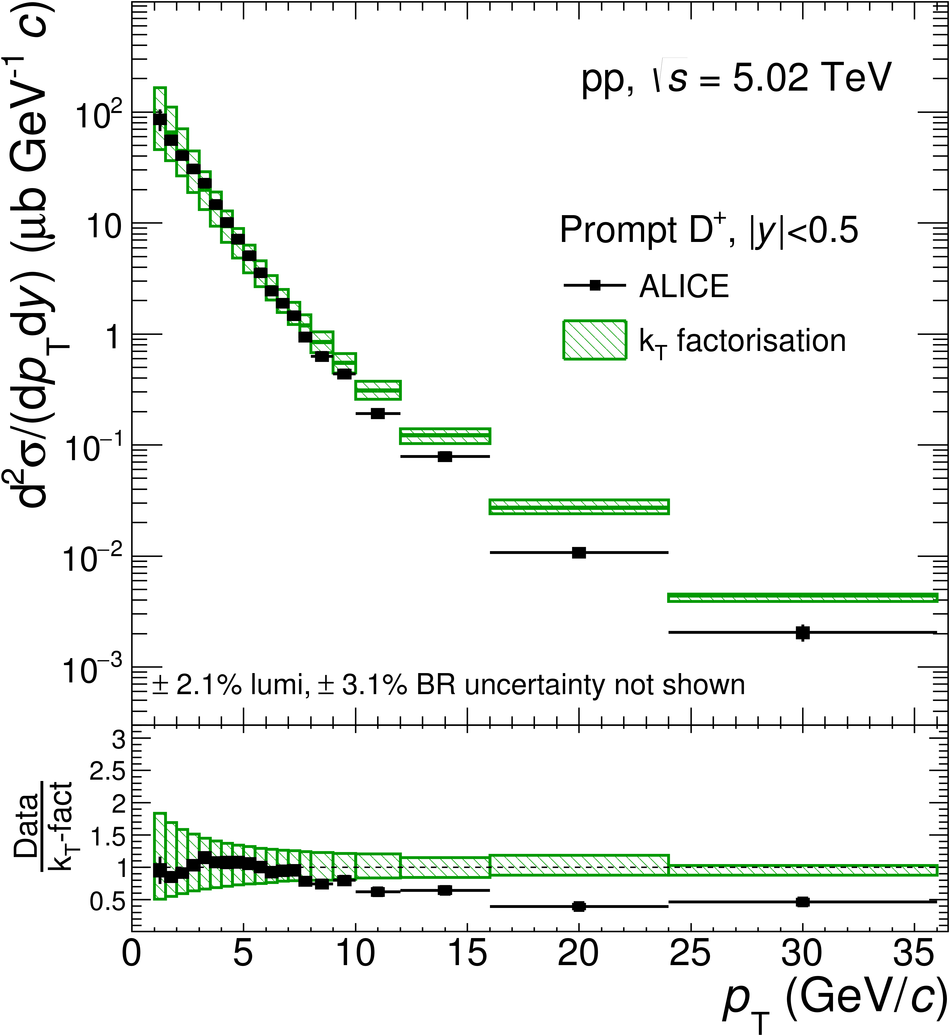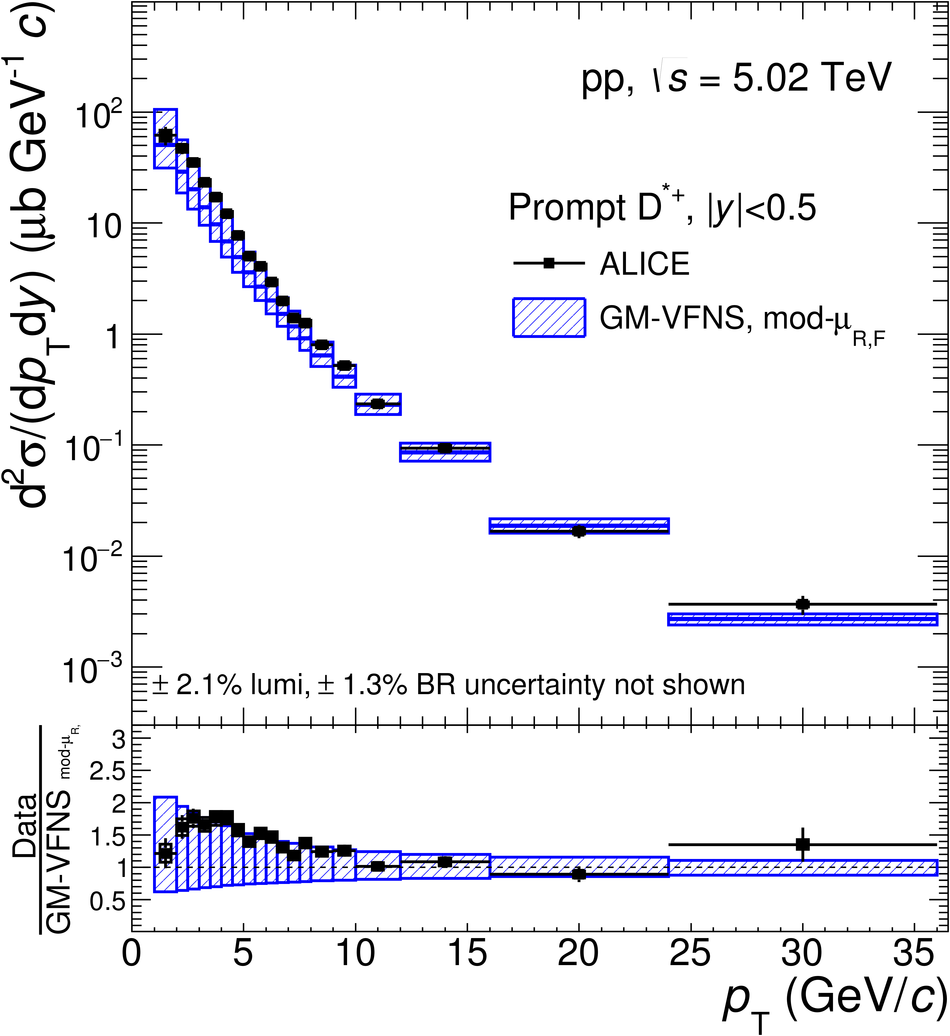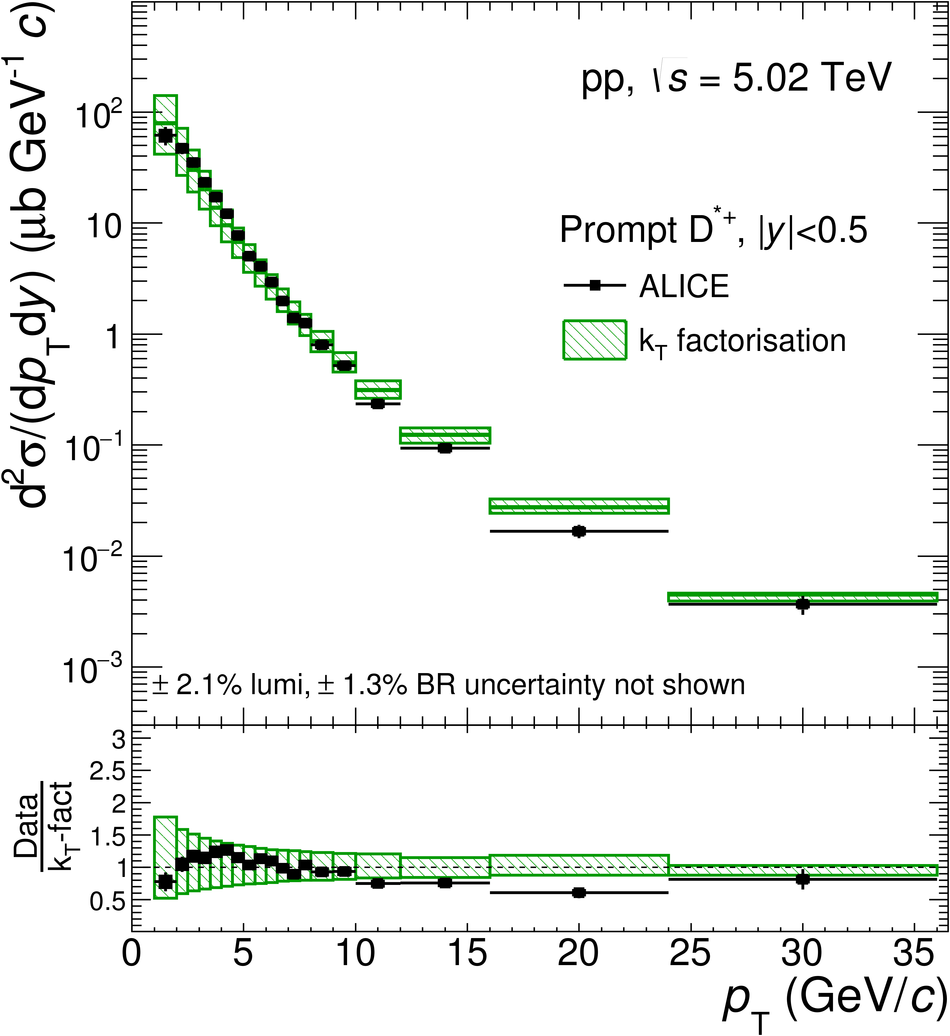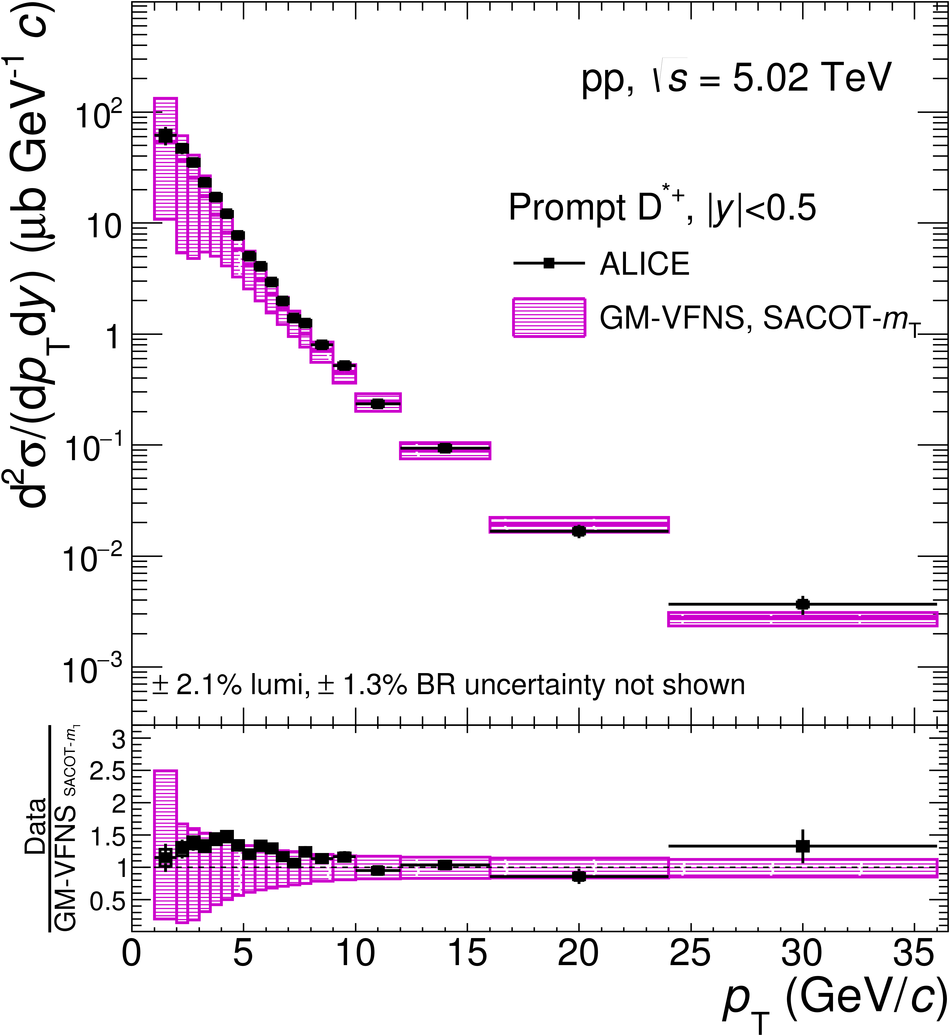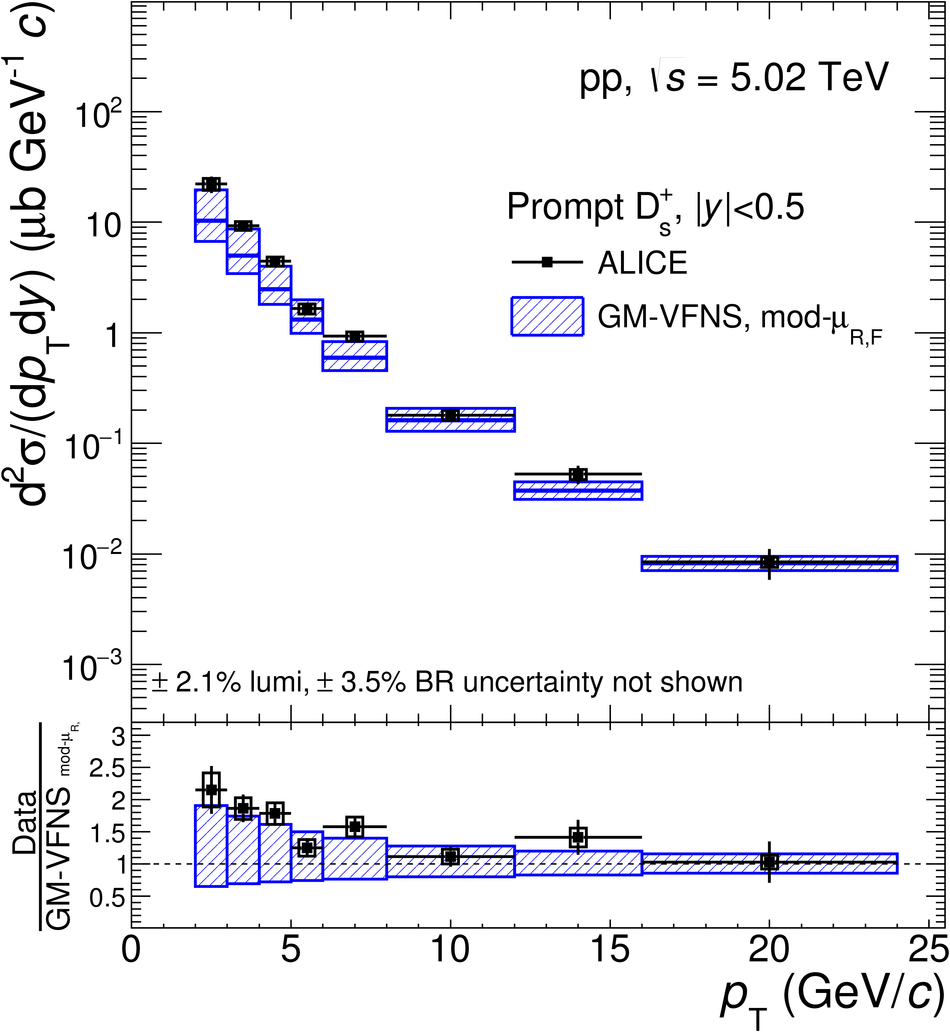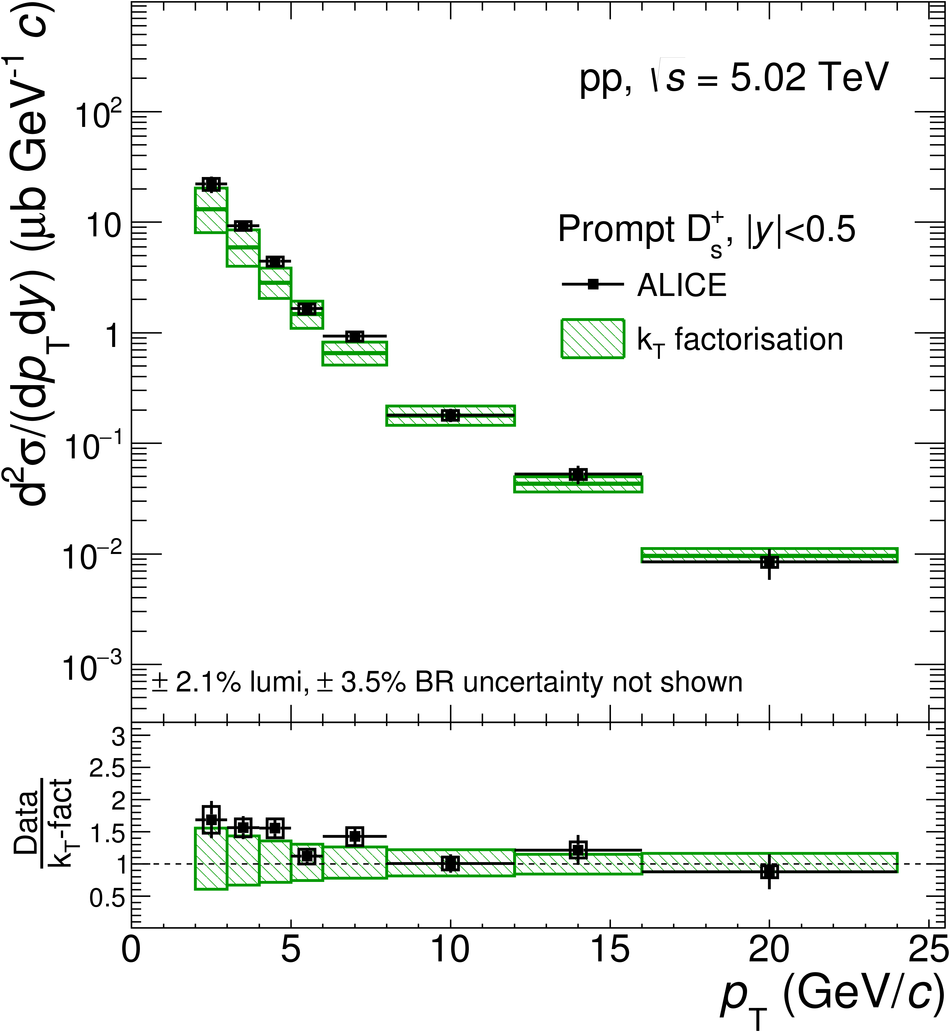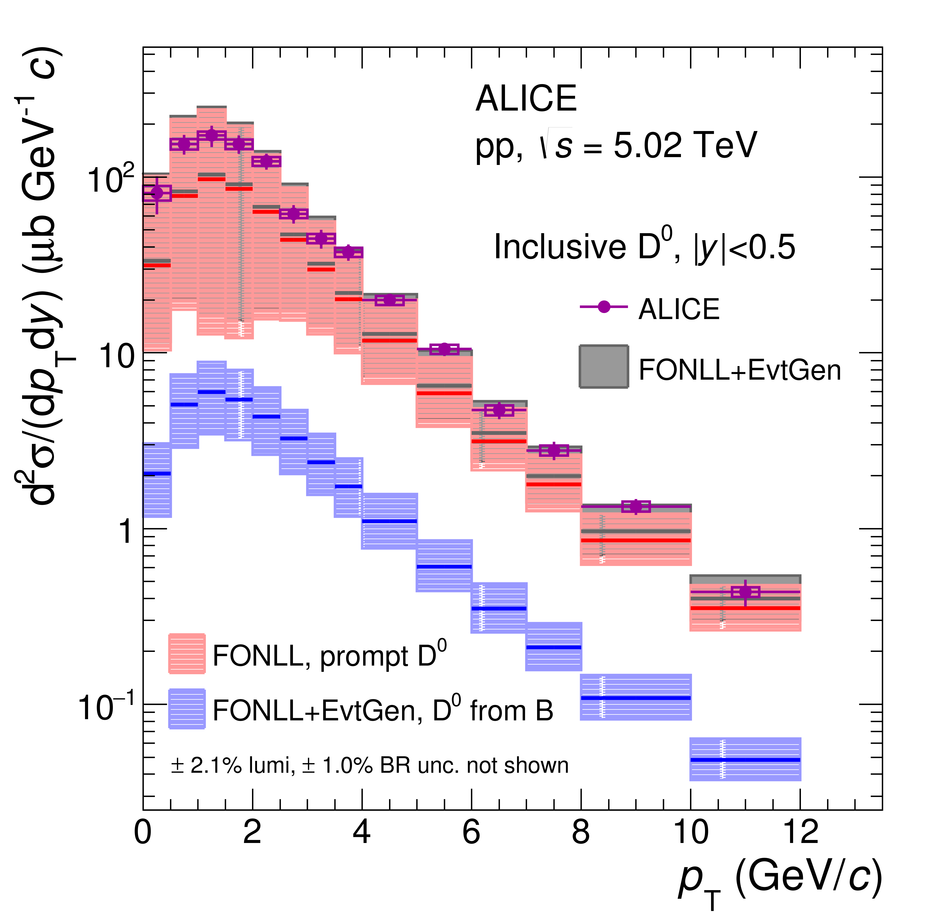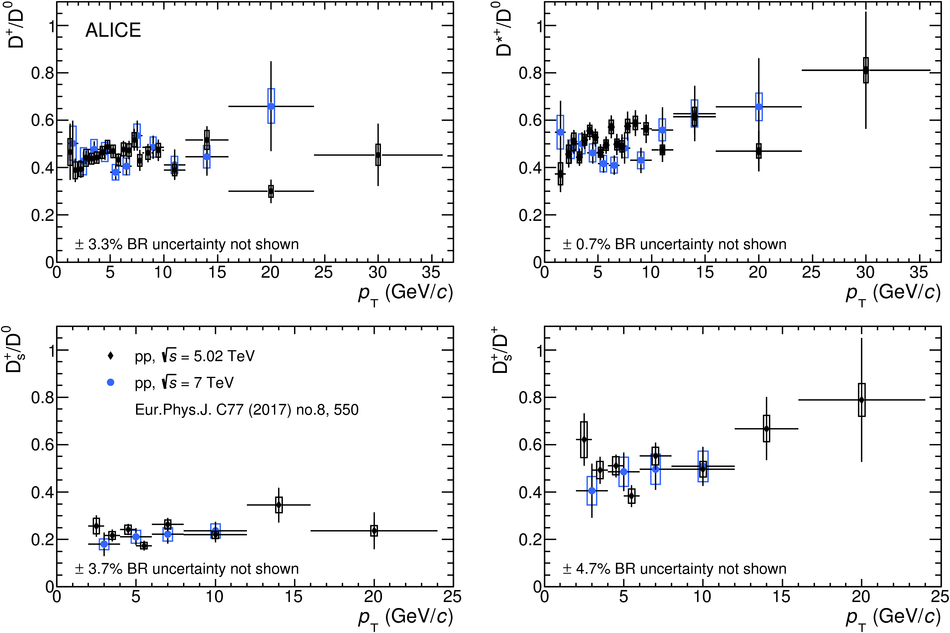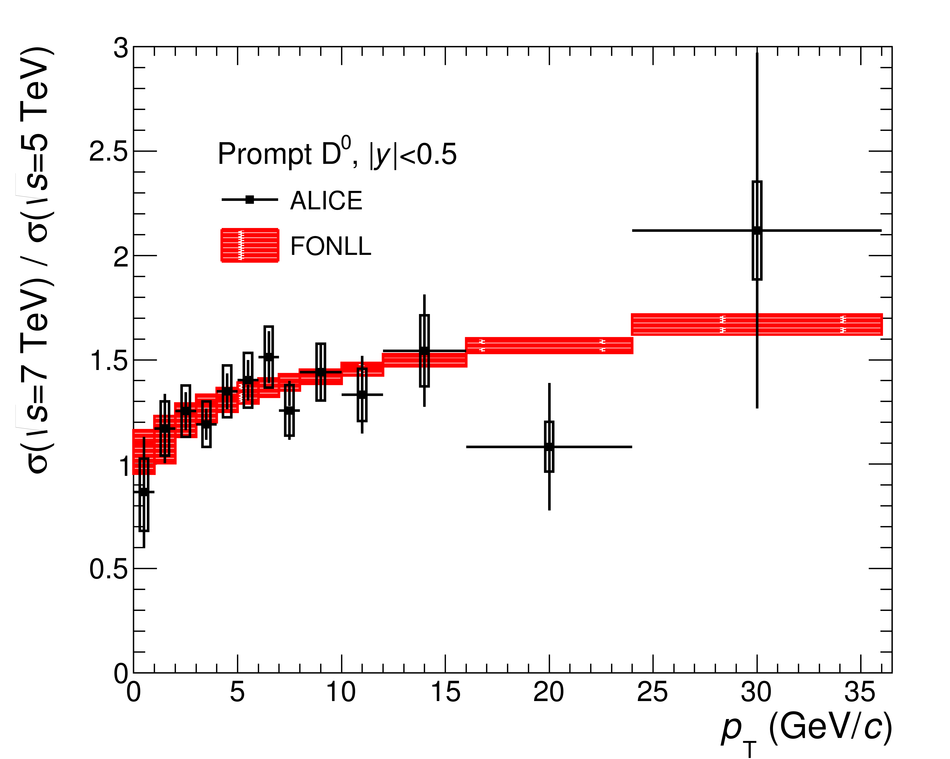The measurements of the production of prompt ${\rm D^0}$, ${\rm D^+}$, ${\rm D^{*+}}$, and ${{\rm D^+}_s}$ mesons in proton--proton (pp) collisions at $\sqrt{s}=5.02$ TeV with the ALICE detector at the Large Hadron Collider (LHC) are reported. D mesons were reconstructed at mid-rapidity ($|y|<~0.5$) via their hadronic decay channels ${\rm D}^0 \to {\rm K}^-\pi^+$, ${\rm D}^+\to {\rm K}^-\pi^+\pi^+$, ${\rm D}^{*+} \to {\rm D}^0 \pi^+ \to {\rm K}^- \pi^+ \pi^+$, ${\rm D^{+}_{s}\to \phi\pi^+\to K^{+} K^{-} \pi^{+}}$, and their charge conjugates. The production cross sections were measured in the transverse momentum interval $0<~p_{\rm T}<~36~\mathrm{GeV}/c$ for ${\rm D^0}$, $1<~p_{\rm T}<~36~\mathrm{GeV}/c$ for ${\rm D^+}$ and ${\rm D^{*+}}$, and in $2<~p_{\rm T}<~24~\mathrm{GeV}/c$ for ${{\rm D^+}_s}$ mesons. Thanks to the higher integrated luminosity, an analysis in finer $p_{\rm T}$ bins with respect to the previous measurements at $\sqrt{s}=7$ TeV was performed, allowing for a more detailed description of the cross-section $p_{\rm T}$ shape. The measured $p_{\rm T}$-differential production cross sections are compared to the results at $\sqrt{s}=7$ TeV and to four different perturbative QCD calculations. Its rapidity dependence is also tested combining the ALICE and LHCb measurements in pp collisions at $\sqrt{s}=5.02$ TeV. This measurement will allow for a more accurate determination of the nuclear modification factor in p-Pb and Pb-Pb collisions performed at the same nucleon-nucleon centre-of-mass energy.
Eur.Phys.J. C79 (2019) no.5, 388
HEP Data
e-Print: arXiv:1901.07979 | PDF | inSPIRE

